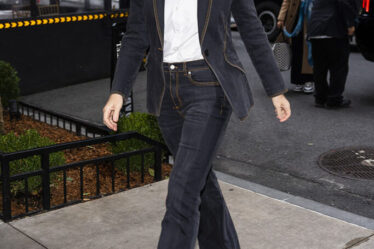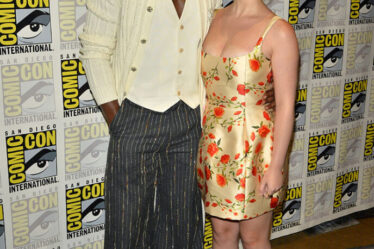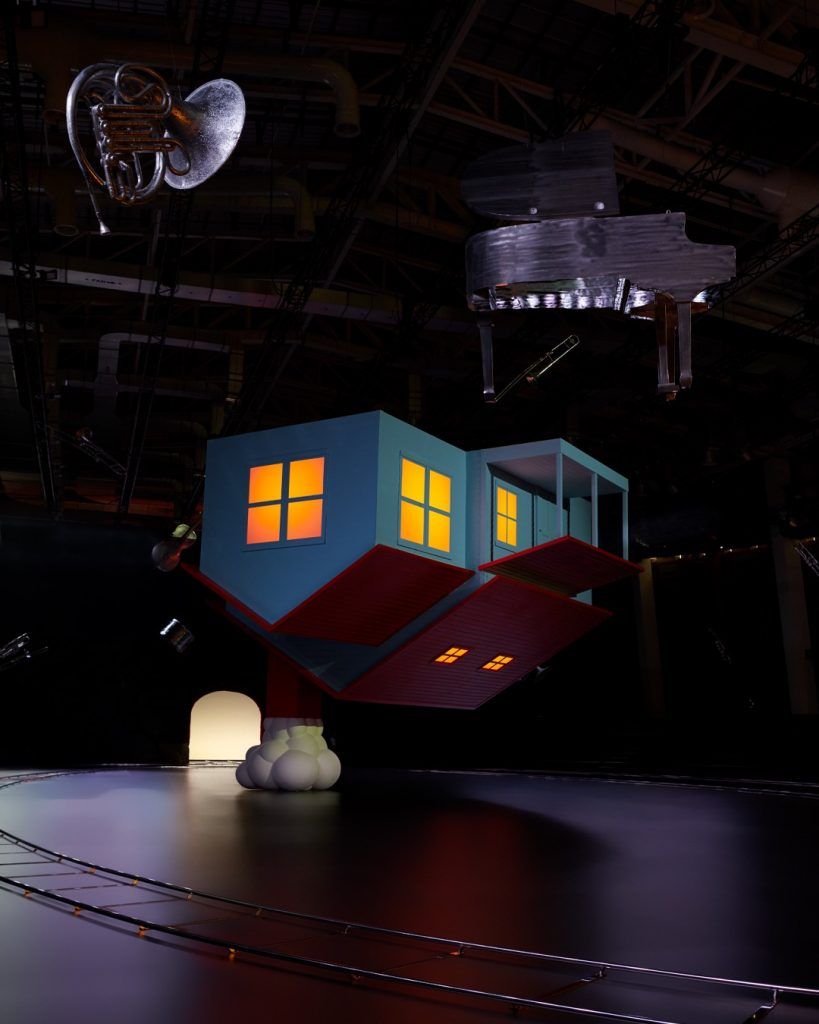
In the four years that Virgil Abloh was at Louis Vuitton, he turned the house upside down. The artistic director of menswear was the first person of African descent to take the title in the brand’s over-150-year history, and one of the few designers of colour to hold such a position in a luxury brand.
Two years into his role, he created the LVMH Black Database of Black talents for LVMH. He also launched the LVMH diversity panel, in which he championed for more representation across the company.
Through his collections, Abloh highlighted Black culture and magnified streetwear in the world of luxury. Collaborations were at the heart of his work, and the partnerships he forged – with Nigo, BTS, Nike and NBA – kept Louis Vuitton relevant and covetable. LVMH’s soaring sales during Abloh’s tenure – culminating at €64.2 billion in 2021 – is a testament of his influence, with Louis Vuitton being the group’s biggest revenue driver.
That Abloh flipped Vuitton on its head was literally portrayed on the set of the Men’s Fall/Winter 2022 spin-off show in Bangkok. Named Louis Dreamhouse2, the runway presented a fantastical dreamscape anchored by a sky-blue, red-roofed house built upside down. Surrounding the peculiar bungalow were musical instruments floating in mid-air, and a loop rail track carrying a glowing orb to represent the sun. Models, wearing the creative director’s very last collection for the French house, moved in circular passages in tandem with the sun’s orbit. “Circularity is central to the practice of Virgil Abloh,” explains Louis Vuitton in its massive 92-page show notes. “At Louis Vuitton, the legacy of the Men’s artistic director is founded in arcs: the coming-of-age premise, the global perspective, and the cycle of creativity.”
Exclusive to this second showing are nine previously unseen looks, as well as a cinematic prelude titled I Dreamt of You, created for the show’s digital audience. Embodying Abloh’s Boyhood Ideology (to see the world with the unspoiled eyes of a child), the film is based on director Sivaroj Kongsakul’s own childhood memories growing up in rural Thailand, illustrating Abloh’s belief that youth is global. “We might go to India or Kansas or Cuba, but wherever we go, the focus is youth: the stage in your life before you’ve been taught or programmed to do, think or wear certain things. And in that study, you realise that teenagers on opposite sides of the world are dealing with the same things. It reflects the fact that, fundamentally, we are all one,” said the multi-hyphenated designer in a recording from 2019.

The idea that the mind of a child knows no limits and no prejudice materialised in 77 looks that defy societal archetypes. Skirts appeared as a white beaded Monogram chainmail-like piece layered over skinny trousers; full length and pleated in lush velvet, evoking the martial arts wardrobe; in the form of a tutu with tiered tulle; and as a pouf with embroidered tulle, satin and nylon.
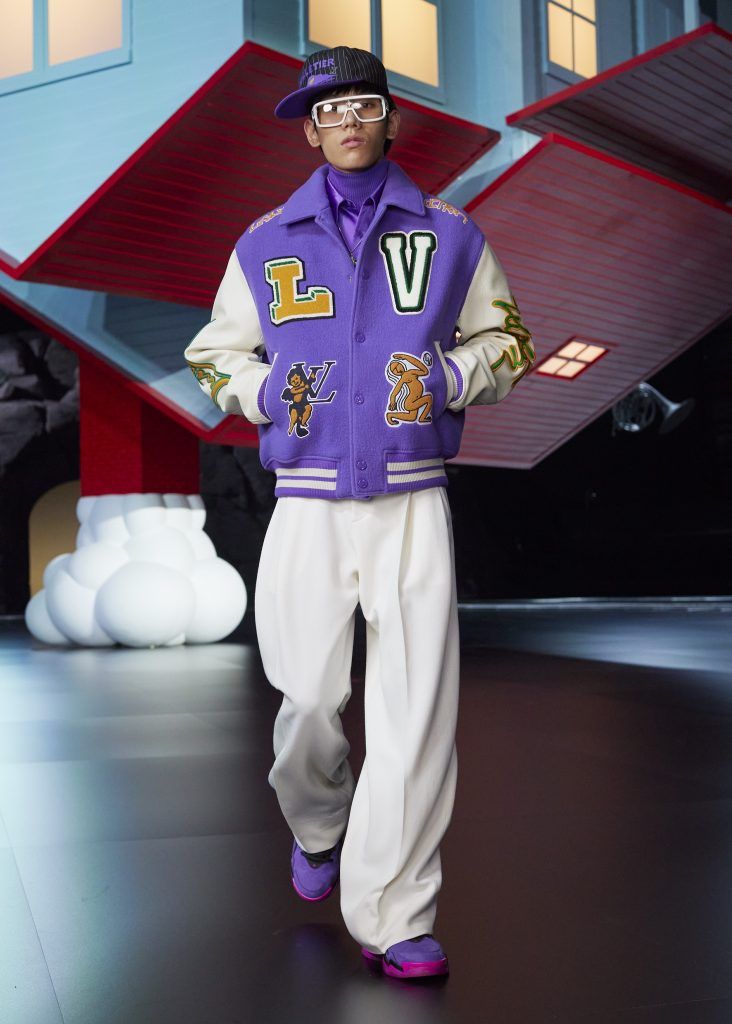
Kaftans and jellabas, worn under varsity jackets or over shirt and tie, exemplified genderless dressing. In place of bags, some models held bouquets of leather flowers.
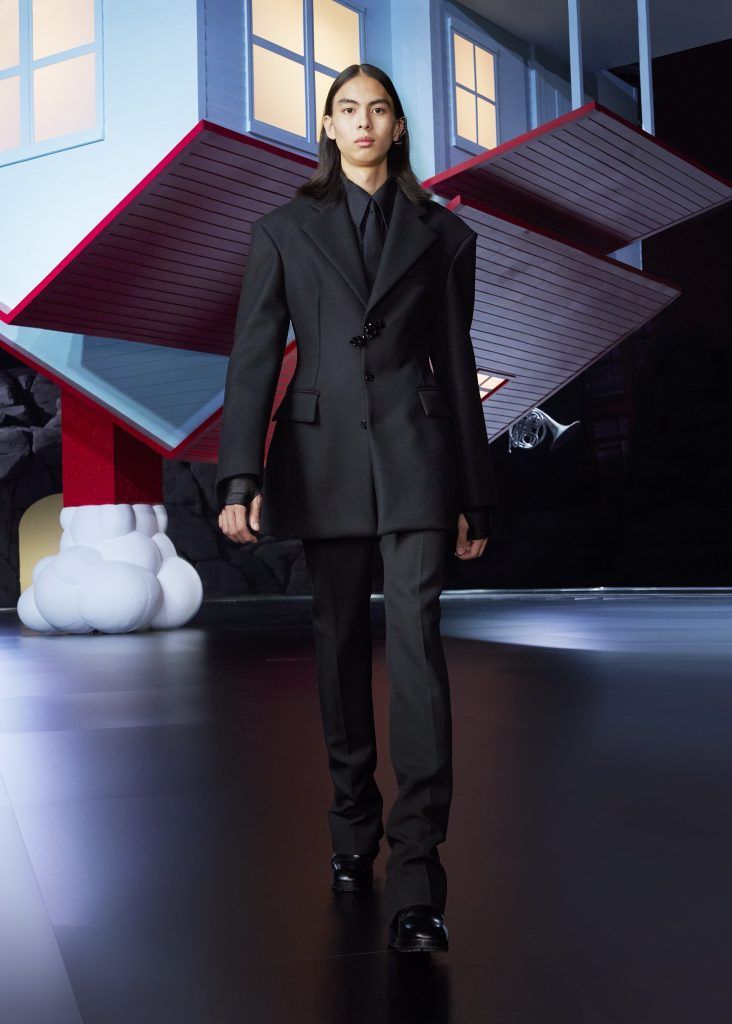
What also seemed like a classic all-black suit was exaggerated with strong shoulders, nipped-in waists and slim-cut trousers – a nod to a superhuman Olympian silhouette. Even streetwear, an Abloh signature, were deconstructed and patchworked, communicating a refusal to conform to standards.
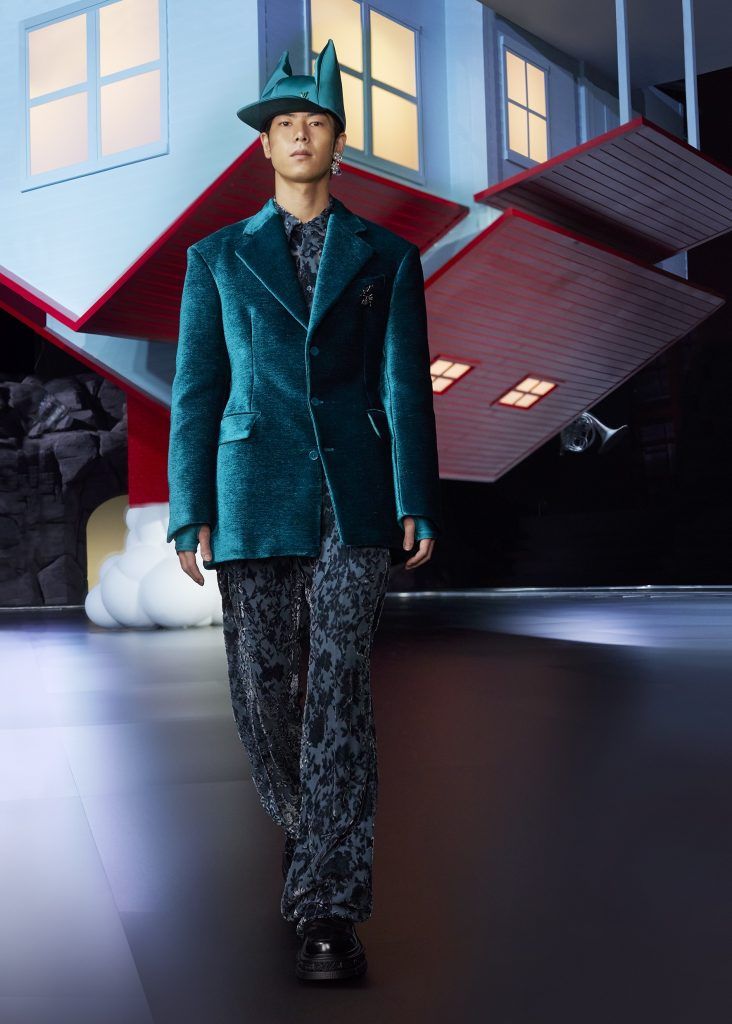
Surrealism was also amplified in angel wings, veils, animal-shaped headgear and various cartoons of the Grim Reaper; a cat carrying an LV trunk; warrior-looking bees; and the Wizard of Oz from Abloh’s first collection. In appropriating two old paintings – The Painter’s Studio from 1855 by Gustave Courbet and Souvenir d’Italie from 1914 by Giorgio de Chirico, Abloh conflates the domains of fashion and art as models become the paintings, while reviving his 2020 concept of Maintainamorphosis, which denotes “the simultaneous preservation and innovation of an item or idea”, writes Abloh in his glossary of terms, The Vocabulary According to Virgil Abloh.
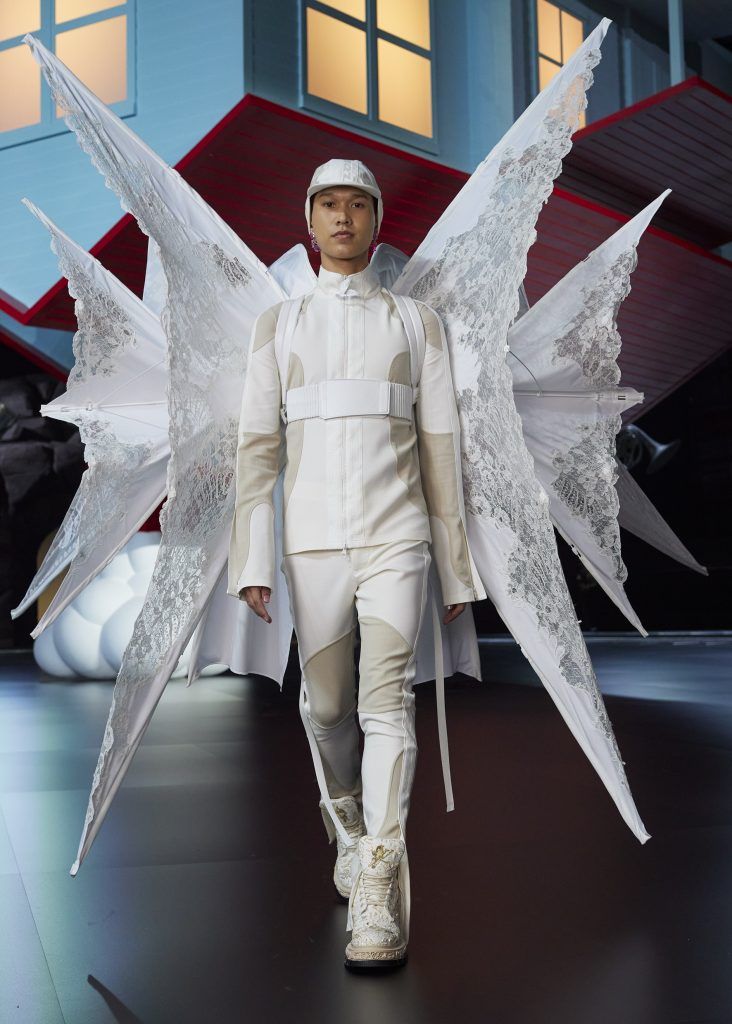
In the finale, the trio of angels that walked the runway re-emerged to take their final positions on set, gazing poignantly upwards and around. A sombre mood fell across the showground as the rest of the models followed in a poetic and surrealist send-off. If there was a single picture that sums up Abloh’s brief but powerful legacy, this would be it.

